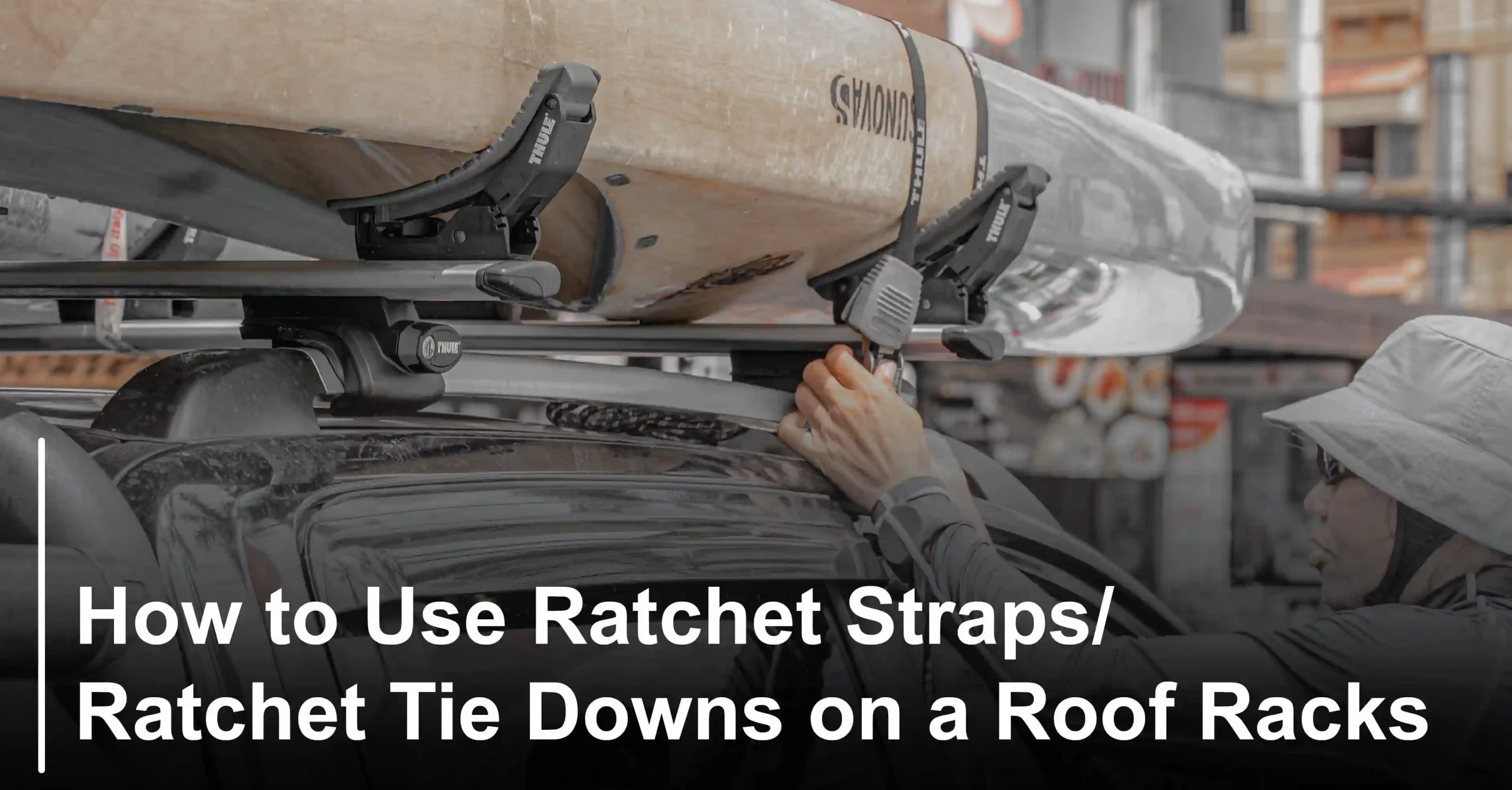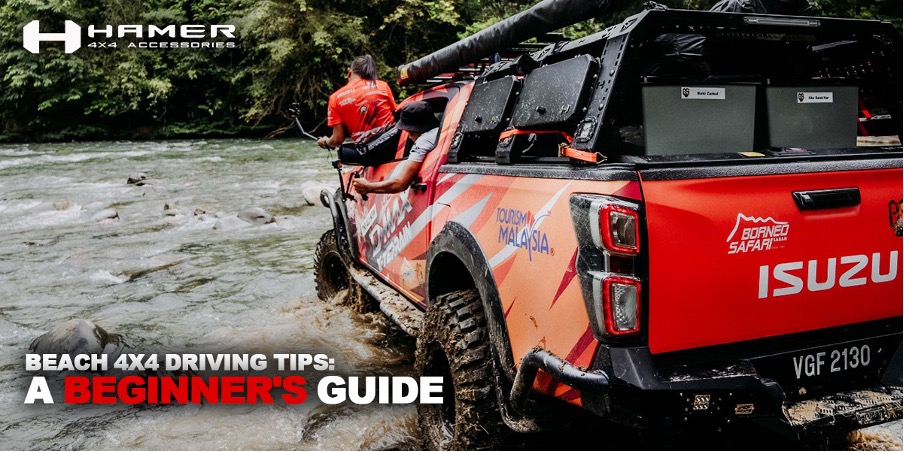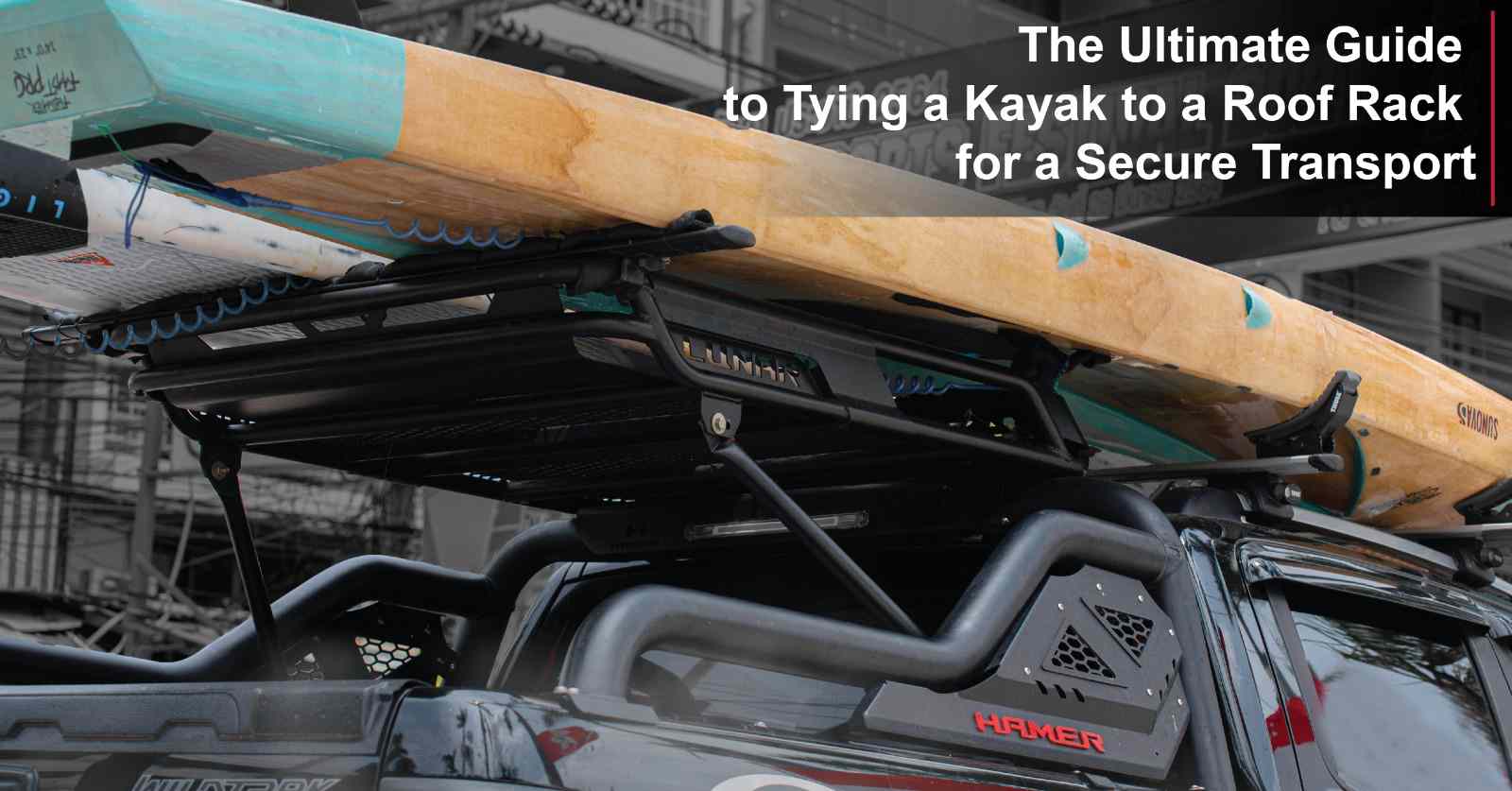NEWS & ACTIVITY
How to Securely Strap Your Surfboard to a Roof Rack
As a surfer, getting my surfboard safely to the beach is crucial for a successful day on the waves. That’s why I always use a roof rack to transport my board. But strapping a surfboard to a roof rack can be a daunting task, especially if you’re new to surfing or off-roading. In this guide, I’ll walk you through the step-by-step process of securely strapping your surfboard to a roof rack so that you can enjoy a worry-free day at the beach.
Choosing the Right Roof Rack
Before you can start strapping your surfboard to a roof rack, you need to make sure that you have the right kind of rack for your vehicle. There are different types of Hamer roof racks available, including those that attach to the existing roof rails of your vehicle, and those that attach directly to the roof of your car. It’s essential to choose a roof rack that is compatible with your vehicle and is rated to carry the weight of your surfboard.
When choosing a roof rack, you should also consider the length of your surfboard. If you have a longer board, you may need a rack with a longer crossbar spread to ensure that your surfboard is secured properly. Some roof racks come with adjustable crossbars, which can be helpful if you have multiple boards of different sizes. It’s also important to ensure that your roof rack is installed correctly and securely before attempting to strap your surfboard to it.
If you’re unsure about which roof rack to choose, don’t hesitate to ask for advice from the experts at Hamer. They can help you select the best roof rack for your vehicle and surfing needs, ensuring that you can transport your surfboard safely and securely to your favorite surf spots. By investing in the right roof rack, you can have peace of mind knowing that your surfboard is secure, and you can focus on catching waves rather than worrying about the safety of your equipment.
Positioning Your Surfboard on the Roof Rack
Once you’ve chosen the right roof rack for your vehicle, it’s time to position your surfboard on the rack. The best way to position your surfboard is with the fin facing forward, as this will help reduce wind resistance and prevent the board from wobbling. If you have multiple surfboards, it’s best to position them with the smallest board at the front of the rack and the largest board at the back.
Securing Your Surfboard with Straps
Now that your surfboard is in position on the roof rack, it’s time to secure it with straps. Start by attaching the straps to the front of the rack, making sure that they are tight and secure. Then, wrap the straps around the surfboard, making sure that they are tight enough to hold the board in place, but not so tight that they damage the board. Repeat this process for the back of the board, ensuring that the board is firmly secured to the roof rack.
Using Board Pads for Added Protection
To provide extra protection to your surfboard during transportation, you can use board pads. These pads wrap around the roof rack bars and create a soft, cushioned surface for your surfboard to rest on. Not only do board pads help protect your board from scratches and dings, but they also help prevent the board from slipping or moving during transportation.
Securing Your Surfboard with Tie-Down Straps
In addition to the straps used to secure the surfboard to the roof rack, it’s also a good idea to use tie-down straps to prevent the board from shifting or moving during transportation. Tie-down straps attach to the roof rack and wrap around the surfboard, providing an extra layer of security. Make sure that the tie-down straps are tight and secure, and that they do not damage the board or the roof rack.
Test Your Setup
Before hitting the road, it’s essential to test your setup to ensure that your surfboard is securely fastened to the roof rack. Give the board a gentle shake to make sure that it is firmly in place and doesn’t wobble or move. If the board does move, re-adjust the straps and tie-downs until it is secure. Remember, it’s better to take a few extra minutes to double-check your setup than to risk your board falling off the roof rack during transportation.
Conclusion
In conclusion, strapping a surfboard to a roof rack is an essential skill for any surfer or off-roader. By choosing the right roof rack, positioning your surfboard correctly, using straps and tie-downs, and testing your setup before hitting the road, you can ensure that your board arrives at the beach safe and sound. For more inside tips and promotions, follow Hamer4x4 on Facebook.







































































































